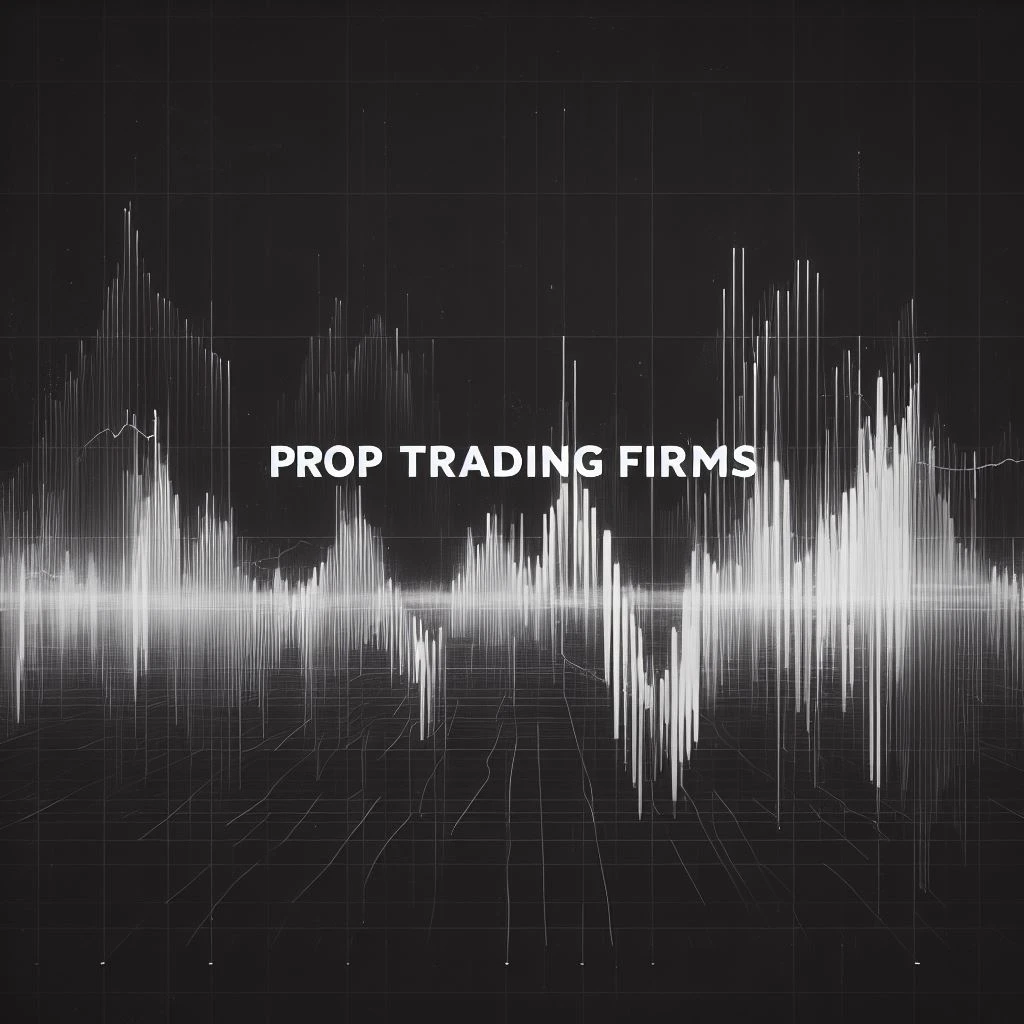A-Book Forex Broker
The forex market is a bustling global marketplace where currencies are traded. It’s a complex ecosystem that requires not only a deep understanding of trading strategies but also a keen insight into the brokers you choose to work with. This guide aims to provide you with an in-depth understanding of A-Book forex brokers, their risk management techniques, revenue models, and the challenges they face.
What is an A-Book Forex Broker?
In the world of forex trading, brokers can be categorized into two main types: A-Book and B-Book. A-Book brokers serve as intermediaries who transfer market risk to another entity rather than keeping it themselves. This is in contrast to B-Book brokers, who take the opposite side of your trade and keep the risk.
The Difference Between A-Book and B-Book Brokers
A-Book brokers hedge their risks by passing them onto liquidity providers, aligning their interests more closely with those of their clients. B-Book brokers, on the other hand, take the opposite side of your trade, which can sometimes lead to a conflict of interest as they profit when you lose.
Hybrid Brokers: A-Book and B-Book
Some brokers operate as hybrids, providing both A-Book and B-Book services. They frequently employ an A-Book model for seasoned traders and a B-Book model for beginners, intending to reduce risk while optimizing profitability. This practice is also common among prop firms. In this approach, the most successful traders are placed in the A-Book category, while new traders are assigned to the B-Book, as statistically, a significant proportion of new traders fail.
Prop Firm Brokers
Proprietary firm brokers like ThinkMarkets, Eightcap, OspreyFX, FXPIG, Purple Trading, and BlackBull Markets offer unique trading conditions. These brokers often provide leverage and other tools that are attractive to professional traders. However, it’s crucial to understand their business model and risk management practices before engaging in trading with them.
Risk Management in A-Book Brokers
When you place a trade, your A-Book broker doesn’t just sit back and hope for the best. They immediately hedge this trade with a liquidity provider (LP). This process is known as “A-Book execution” and is crucial for the broker to manage its market risk effectively.
The Role of Liquidity Providers
Liquidity providers are essentially the backbone of the A-Book model. They offer continuous tradeable quotes, allowing the broker to execute trades at any time. This ensures that the broker can hedge its risks effectively, providing a more stable and reliable trading environment for you, the trader.
How A-Book Brokers Generate Revenue
A-Book brokers have two primary avenues for revenue generation:
Commissions
These are usually charged based on the size of your trade and can vary among brokers. For example, a broker might charge $60 per $1M traded or $6 per standard lot. Some brokers even offer discounted commissions based on your trading volume.
Spread Markup
This involves adding a markup to the price that the broker gets from its liquidity provider. For instance, if you open a long EUR/USD position at 1.2001, your broker might buy the same from an LP at 1.2000. The difference of 0.0001 is the broker’s markup, which serves as one of its revenue streams.
Challenges in A-Book Execution
While the A-Book model seems lucrative and straightforward, it comes with its set of challenges:
Price Slippage
If the broker gets a worse price from the LP than what it offers to its clients, it could result in losses for the broker. This is a significant risk, especially in volatile market conditions.
Rapid Price Fluctuations
A delay in hedging could result in losses if the market is volatile. This is why A-Book brokers invest heavily in technology to ensure that their execution speeds are as fast as possible.
Low Margins on Small Trades
The broker makes less money on smaller trades, making it essential to have a large customer base. This is why many A-Book brokers have minimum deposit requirements and offer various incentives to attract high-volume traders.
Regulatory Considerations
Trading with a regulated broker ensures that you are protected against fraudulent activities. Regulatory bodies like the FCA, ASIC, and CySEC oversee the activities of forex brokers, making it essential to verify the regulatory status of your chosen broker. Always look for brokers that are regulated by reputable organizations to ensure that you’re trading in a secure environment.
Conclusion
Understanding the intricacies of A-Book forex brokers can significantly impact your trading success. From risk management techniques to revenue models and even the challenges they face, being informed can only serve to make you a better trader. As you venture into the world of forex trading, remember that knowledge is your most valuable asset. Make sure to choose a broker that aligns with your trading goals and risk tolerance.













